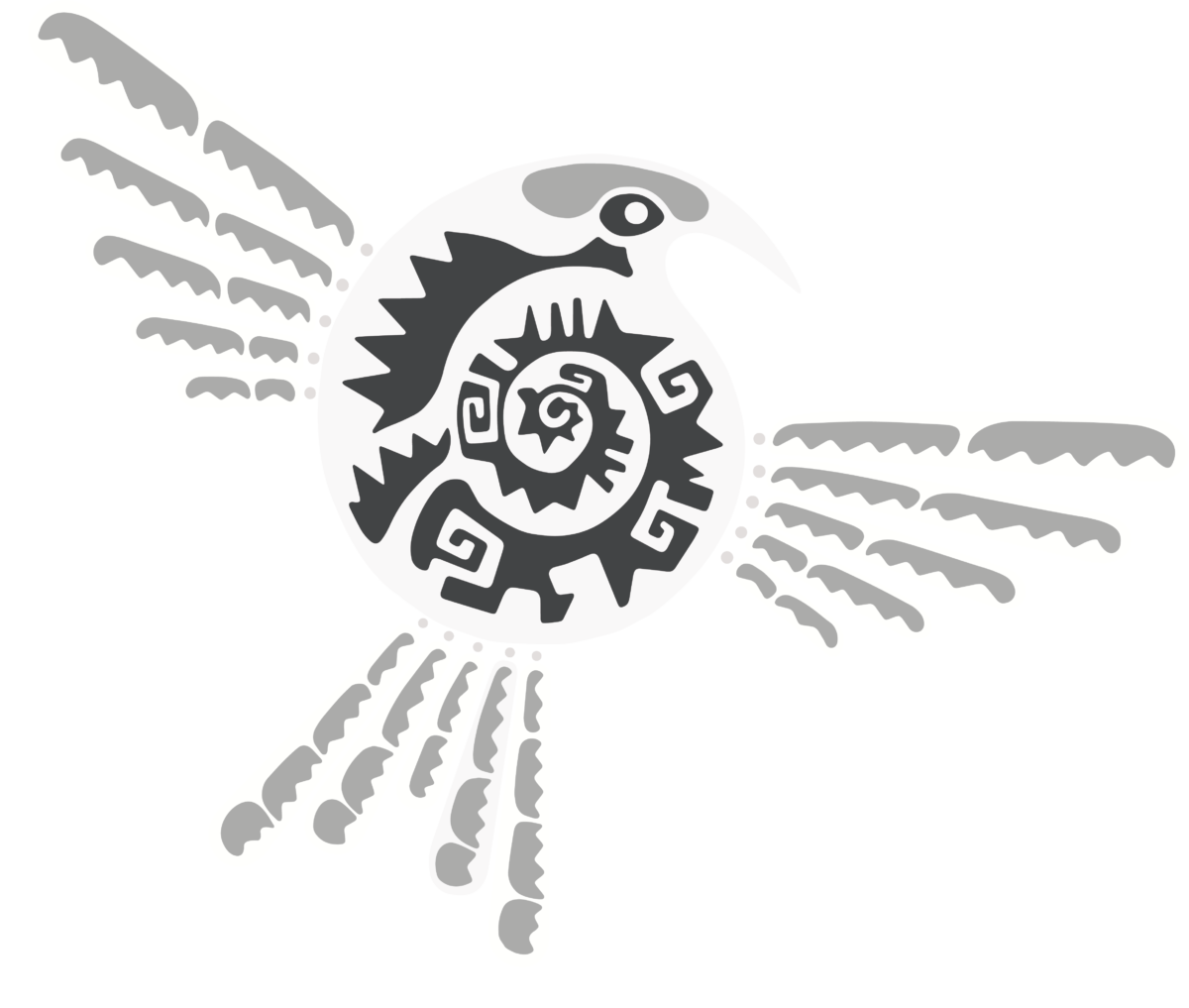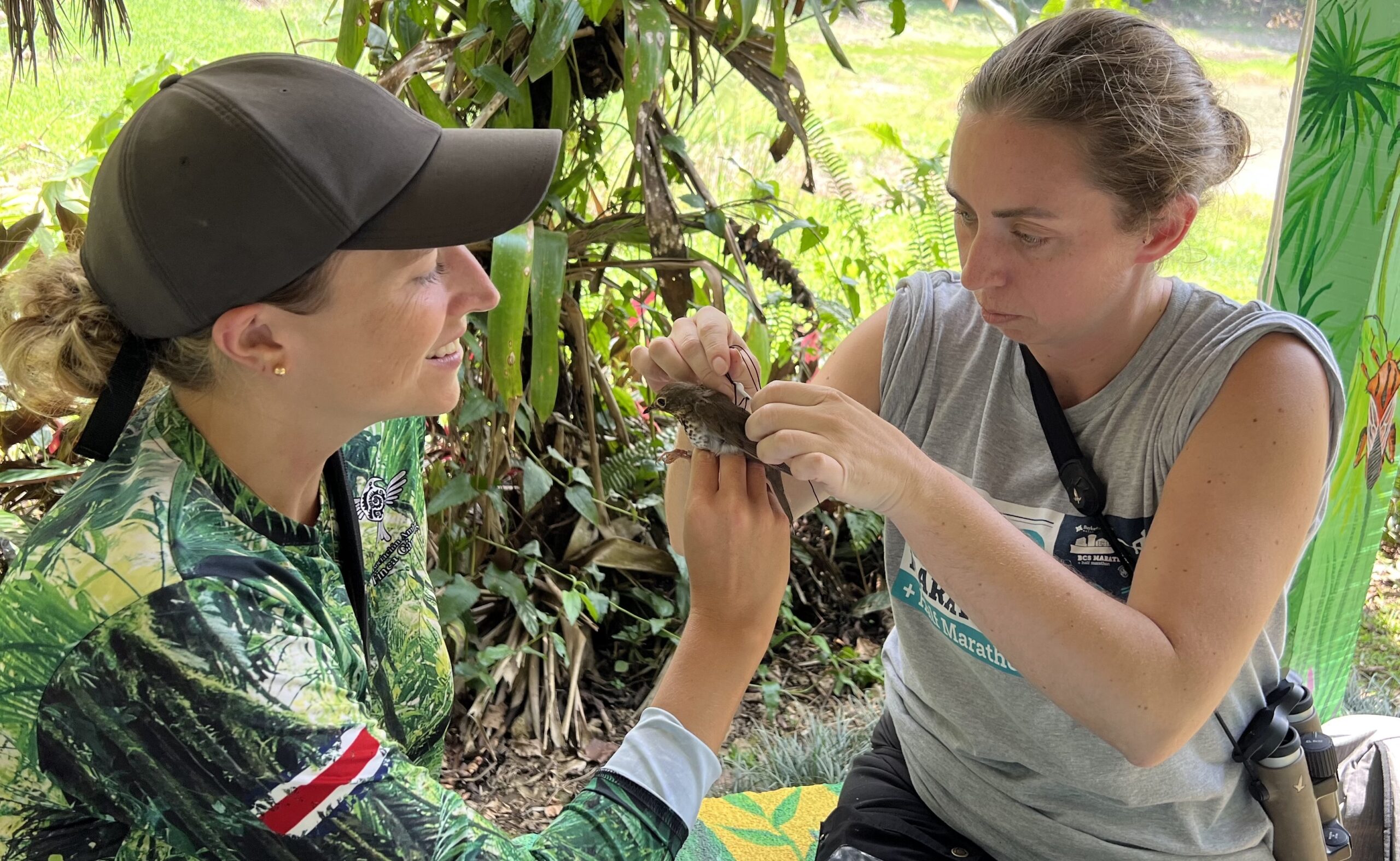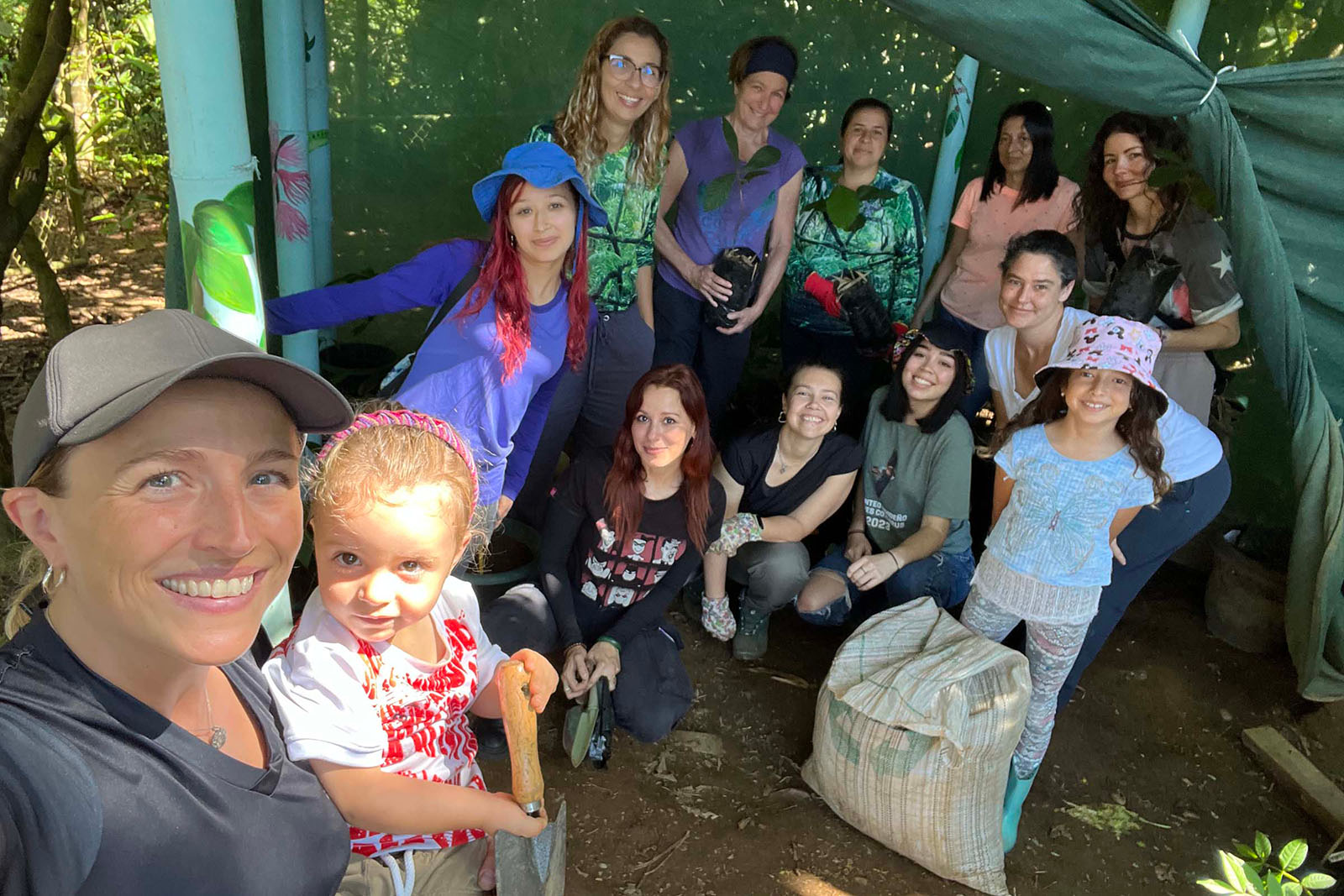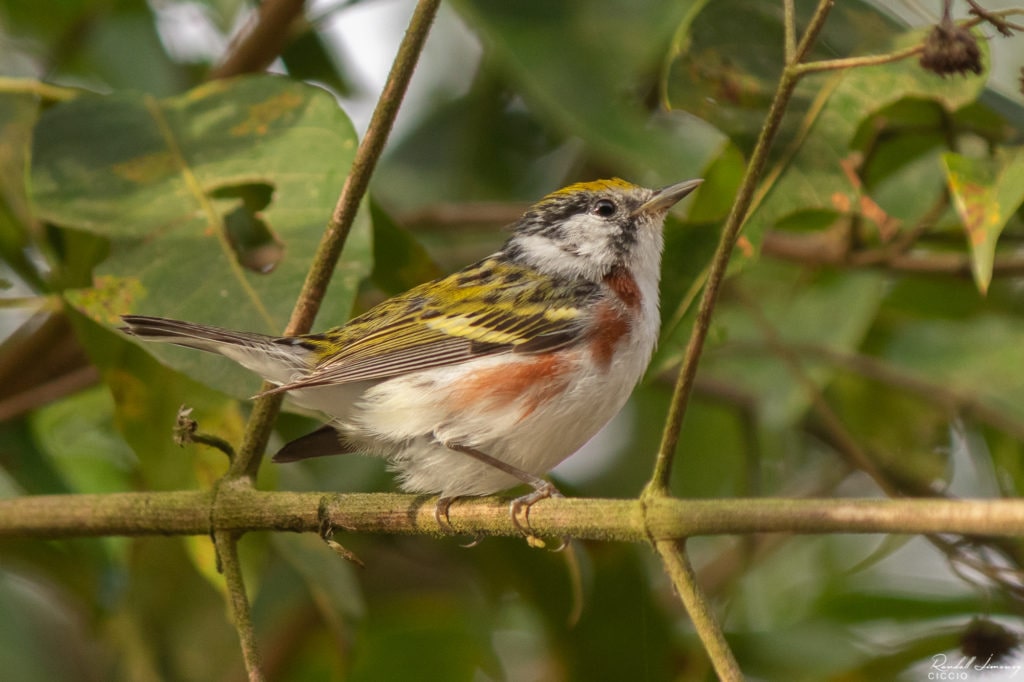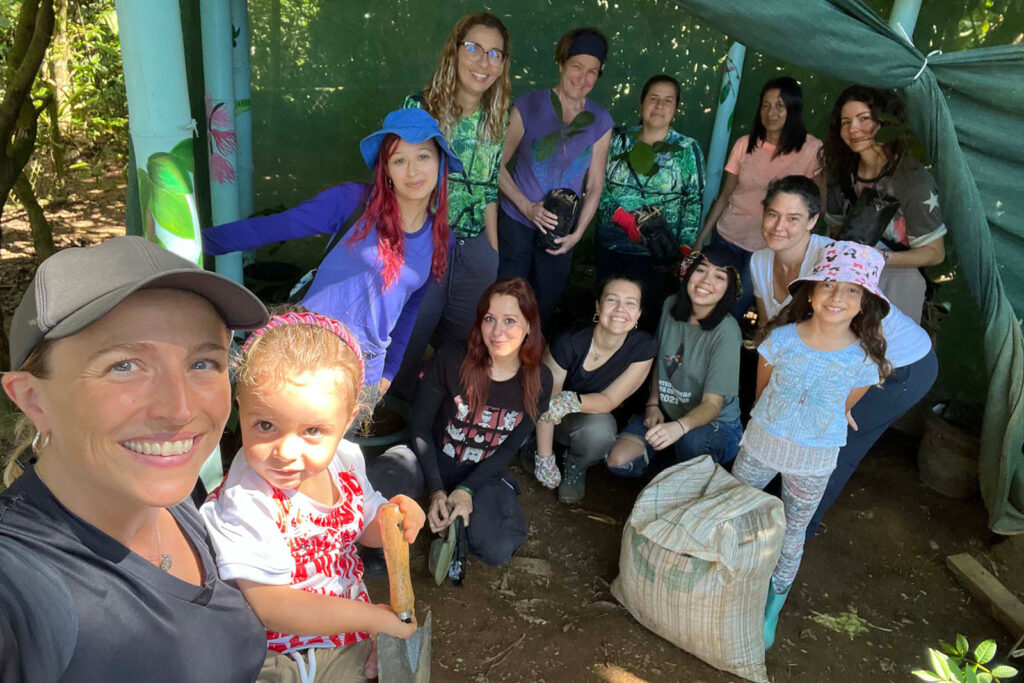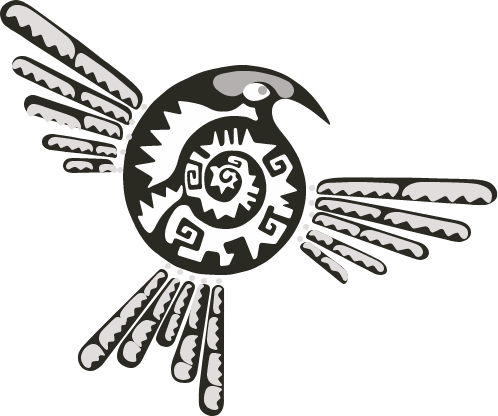I only have the one human baby, and it’s not her first birthday quite yet. But my other “babies” include Finca Cántaros Environmental Association (FCEA), legally incorporated in British Columbia, Canada two years ago yesterday (August 21, 2020), and the Children’s Forest, a collaborative community project created on cattle pasture within FCEA grounds in 2019.
In contrast to human babies, the Children’s Forest has become mostly independent at the ripe old age of three. It’s not that we will now forget our tree-growing philosophy—which I have written about in several past blogs—and stop thoughtfully stewarding this restoration project. But the majority of the trees have grown like gangbusters and thus created shade cover over these past few years, which means that the pasture grasses below them have lost much ground. This significantly reduces the work required on our end, particularly in terms of weed-whacking.
FCEA differs from the Children’s Forest in that we expect (hope!) it will only demand MORE work with each subsequent birthday. That being said, I want the growth of my two non-human babies to be similar, despite the fact that one will become higher maintenance while maintenance of the other will decrease.
In forest succession, the plant communities that dominate an area change progressively over time, with one community helping to give rise to the next. Likewise, even in FCEA’s short lifetime, our work has been continuously evolving out of prior efforts. The recently launched “Lideresas por la Naturaleza” (Women Leaders for Nature) course evolved out of the ongoing feedback received by participants in our long-standing “Mujeres Comprometidas con la Tierra” (Women Committed to the Earth) initiative. Interest in forming a “Brigada de Monitoreo de San Vito” (San Vito Biodiversity Monitoring Brigade), part of a larger effort of the United Nations Development Programme, was in part sparked by local engagement in our weekly Night Walks. The success of the Children’s Forest bolstered our desire to expand our tree-growing projects. Along the way we have also experimented with activities that ultimately ran their course, but the lessons learned from those experiences left their mark by informing the current course of the organization. These are but a few of many ways I have observed FCEA’s “organizational succession” to date.
Other important characteristics of forest succession include increasing complexity and capacity to provide environmental and social benefits. My dream is that as the Children’s Forest matures, FCEA will follow suit, and that by their next birthdays, fifth birthdays, tenth birthdays, and well beyond, I will have the pleasure of sharing how I think both are deepening their roots and contributing more to our community—both local as well as global.
